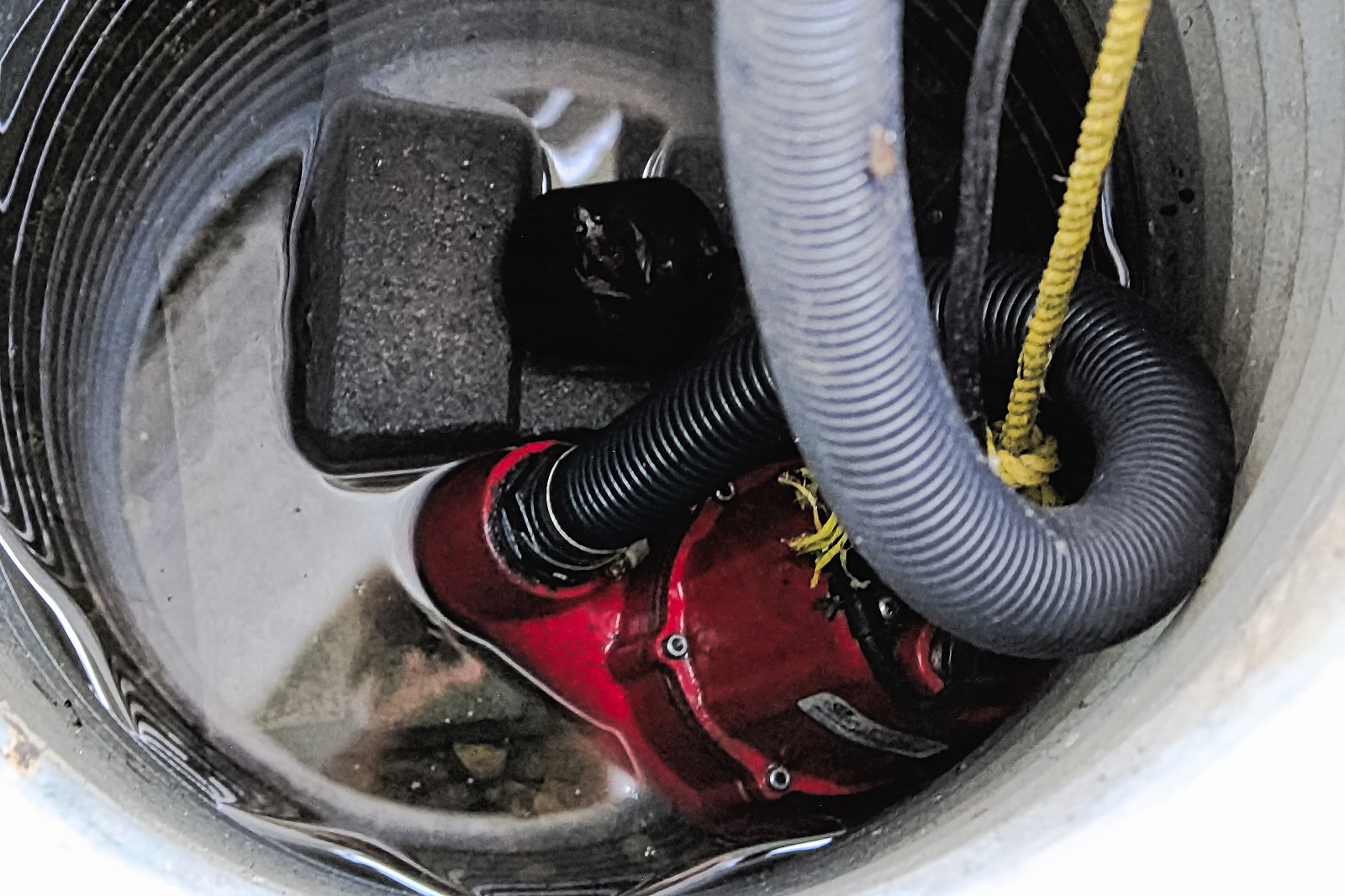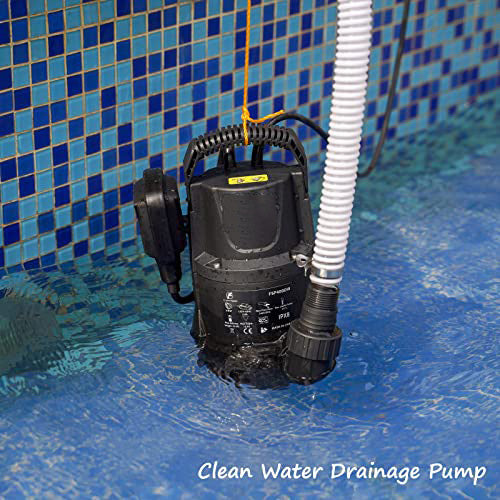The content further down in relation to How to Care for Your Sump Pump is unquestionably enjoyable. Check it out for your own benefit and decide what you think of it.

Sump pumps are vital components in lots of homes, specifically in locations susceptible to flooding or too much dampness. They assist stop water damage by successfully removing excess water from basements or crawl spaces. Nevertheless, like any other home appliance, sump pumps require routine upkeep to guarantee they operate successfully when needed the most. Cleaning your sump pump is a vital part of its upkeep, and understanding how to do it correctly can conserve you from costly repair work and prospective catastrophes.
Intro
Preserving a tidy sump pump is essential for its proper performance and durability. Ignoring this important job can cause clogs, breakdowns, and ultimately, water damages to your property. Consequently, finding out how to clean a sump pump is crucial for property owners who depend on these tools to keep their cellars completely dry and secured.
Understanding the Sump Pump
Before diving right into the cleansing process, it's important to have a basic understanding of just how a sump pump functions. Normally set up in a pit or basin listed below the basement flooring, a sump pump contains a number of vital parts, including a pump, a float switch, and a discharge pipeline. When water gathers in the pit, the float switch turns on the pump, which then pumps the water out with the discharge pipeline, away from the structure's foundation.
Indications of a Dirty Sump Pump
Knowing when your sump pump requires cleaning is essential for preventing possible malfunctions. Some common indications that indicate a dirty sump pump consist of strange noises during operation, reduced water circulation, and noticeable debris in the pit. If you observe any of these signs, it's important to clean your sump pump quickly to stay clear of any type of additional issues.
Getting ready for Cleansing
Prior to you start cleansing your sump pump, it's vital to take some safety and security preventative measures. Start by shutting off the power to the pump to stay clear of any electrical crashes. In addition, use proper protective gear, such as gloves and safety glasses, to protect yourself from dirt, particles, and possible pathogens.
Detailed Overview to Cleansing a Sump Pump
Turning off the Power
Begin by separating the power supply to the sump pump to avoid any type of crashes while cleansing.
Eliminating Debris and Dirt
Utilize a bucket or an inside story to remove any kind of noticeable debris, dirt, or debris from the sump pit. Dispose of the debris effectively to prevent it from obstructing the pump or the discharge pipe.
Cleansing the Pump and Drift Switch
When the pit is clear of particles, meticulously remove the pump from the pit. Check the pump and the float button for any kind of indications of damages or wear. Make use of a soft brush or fabric to clean the surfaces and get rid of any type of accumulated crud.
Purging the System
After cleaning up the pump and float switch, purge the sump pit with clean water to remove any kind of continuing to be dirt or sediment. This will aid make certain that the pump runs efficiently and effectively.
Looking For Proper Functioning
Prior to reinstalling the pump, carry out a quick examination to make certain that the float switch activates the pump appropriately. Put some water into the sump pit and observe the pump's procedure. If everything is functioning correctly, you can reassemble the pump and reconnect the power supply.
Upkeep Tips to Keep Your Sump Pump Clean
In addition to regular cleaning, there are several upkeep tips you can follow to keep your sump pump in optimal condition:
- Routine Assessment: Examine your sump pump regularly for any type of indicators of wear, damage, or blockages.
- Keeping the Surrounding Location Clean: Make Sure that the location around the sump pit is without particles, dust, and blockages.
- Checking the Pump Periodically: Test your sump pump periodically by pouring water into the pit and observing its procedure. This will help you determine any type of prospective issues before they escalate.
Verdict
Cleaning your sump pump is a crucial facet of its maintenance and guarantees that it operates efficiently when you require it one of the most. By complying with the actions outlined in this overview and including normal maintenance right into your routine, you can expand the life-span of your sump pump and safeguard your home from water damage.
6 STEPS ON HOW TO CLEAN A SUMP PUMP PROPERLY
UNDERSTANDING SUMP PUMPS
Your sump pump plays a crucial role in protecting your home by managing and removing excess water. It primarily functions as a “shield”, guarding your basement against the damaging effects of water accumulation. The pump is housed in a sump pit in the lowest part of your basement, and its job is to pump out any water that collects there.
During heavy rainfalls or when snow melts rapidly, water can infiltrate your basement, posing potential risks like flooding, structural damage, and harmful mold growth. Here, the sump pump springs into action, pumping out the intruding water and directing it away from your home.
SAFETY FIRST
Before cleaning, remember to prioritize safety. Disconnect the sump pump from the power source to prevent any accidental electric shocks. Also, wear sturdy gloves to protect your hands from any sharp or dirty components within the pump.
REMOVE THE SUMP PUMP
After ensuring your safety, the next step is to remove the sump pump from its pit. Doing this might require careful maneuvering as you don’t want to damage any pump components. Once removed, clean the sump pit to remove any accumulated debris or sludge.
INSPECT THE PUMP
Inspect the pump for any visible signs of wear or damage. Check the power cord, float switch, and impeller housing. If any components look worn out or damaged, consider replacing them to ensure optimal performance.
CLEAN THE PUMP
Thoroughly clean the pump with warm, soapy water. Make sure to rid it of any dirt, gravel, or other debris that might impede its performance. You can use a toothbrush to clean the small, hard-to-reach parts of the pump.
REINSTALL THE SUMP PUMP
- Reinstall the pump into the sump pit
- Make sure it’s positioned correctly to remove the water effectively
- Once it’s back in place, reconnect it to the power source
TEST THE PUMP
Finally, pour some water into the pit to ensure the pump works correctly. It should start automatically and begin pumping out the water; if it doesn’t, check the power source and the positioning of the pump.
Remember, while cleaning your sump pump is an essential part of home maintenance, hiring a professional plumber for a thorough inspection and cleaning at least once a year is also important. This will ensure that your pump is in optimal condition, ready to protect your home from potential water damage.
BEST PRACTICES FOR CLEANING SUMP PUMP DISCHARGE PIPES
- Regular Inspection: Regularly inspect your discharge pipes, especially during heavy rainfall or snowmelt periods. Look for any signs of blockage or damage. Early detection of problems can prevent serious issues down the line.
- Periodic Cleaning: Over time, sediment and debris can accumulate in the discharge pipes, impeding the flow of water. Regular cleaning helps keep the pipes clear and functioning efficiently. You can use a high-pressure water jet to effectively clean the pipes.
- Insulation During Winter: In colder climates, discharge pipes can freeze, blocking the outflow of water. Protect your discharge pipes from freezing temperatures by insulating them with foam pipe insulation. This will ensure the sump pump can continue to discharge water even in freezing conditions.
- Proper Positioning: The discharge pipe should be positioned to direct water away from your home’s foundation. Improper positioning can lead to water seeping back into the basement. Ensure the pipe is long enough and angled correctly.
- Installation of a Check Valve: A check valve prevents water from flowing back into your sump pit after the pump has pushed it out. Installing a check valve helps maintain the efficiency of your sump pump and reduces the risk of flooding.
- Minimize Pipe Turns: Every curve or turn in the discharge pipe can decrease the efficiency of water flow. By minimizing turns and bends in your discharge pipe, you can increase the efficiency of your sump pump.
https://www.fullspeedplumbing.com/how-to-clean-a-sump-pump-properly9999/

I hope you liked our part about . Many thanks for finding the time to read through our post. Are you aware of another person who is interested by Cleaning & Maintenance Tips for Your Home's Sump Pump? Do not hesitate to promote it. I praise you for being here. Don't hesitate to come visit our site back soon.
Schedule Today
Comments on “Handy Techniques for Servicing Your Sump Pump”